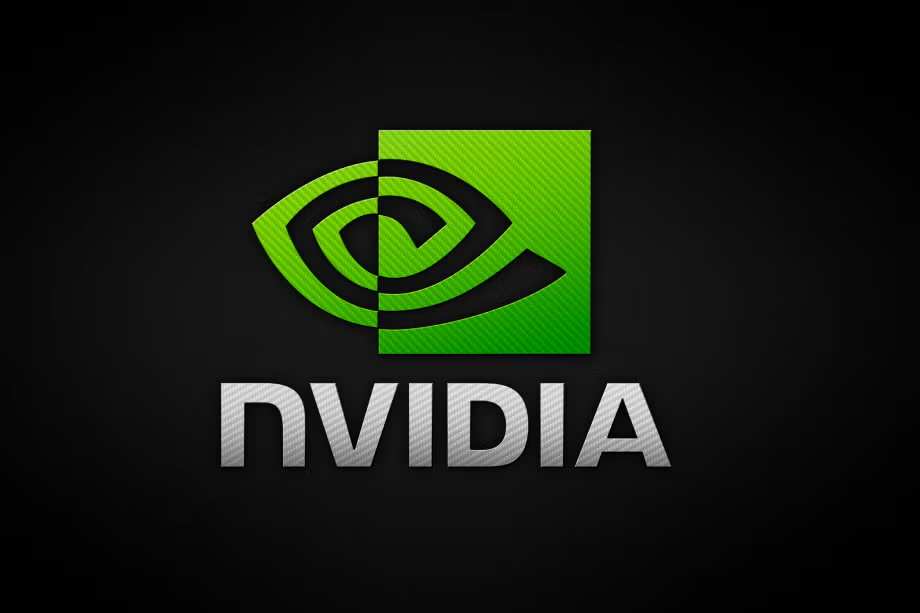Nvidia has experienced a year of unprecedented growth and market dominance in 2024, firmly establishing itself as a leader in the technology sector, particularly in the realm of artificial intelligence. Fueled by the increasing demand for its AI-centric chips, the company's market value soared, positioning it as one of the most valuable publicly traded companies globally.
Financial Performance and Market Position
Nvidia's financial results for the first quarter of fiscal year 2025, which ended on April 28, 2024, showcased remarkable growth. The company reported revenue of $26.0 billion, marking an 18% increase from the previous quarter and a staggering 262% surge compared to the same period last year. GAAP earnings per diluted share reached $5.98, up 21% from the previous quarter and an impressive 629% from the previous year. Non-GAAP earnings per diluted share were $6.12, reflecting a 19% increase from the previous quarter and a 461% rise year-over-year.
This exceptional financial performance has propelled Nvidia's stock price to new heights. As of November 7, 2024, the stock reached an all-time high of $148, driven by the robust demand for its GPUs, which are essential for AI workloads. Nvidia's market capitalization surpassed $3 trillion in 2024, exceeding that of Apple to become the largest-listed U.S. company. This surge in market value occurred rapidly, with Nvidia's worth increasing from $1 trillion to $2 trillion in just nine months and then reaching $3 trillion in a mere three months.
Key Growth Drivers
Nvidia's success in 2024 can be attributed to several factors, including its dominance in the GPU market, strategic partnerships, and technological advancements. The company holds a staggering 90% share of the GPU market as of Q3 2024, underscoring its leadership in this critical area. Nvidia's GPUs, such as the H100 ("Hopper") chip and the upcoming Blackwell GPU architecture, serve as the brains of AI-accelerated data centers, driving significant demand.
The rise of generative AI has been a major catalyst for Nvidia's growth. The company's GPUs are the gold standard for businesses leveraging AI, powering applications ranging from ChatGPT to advanced automation. The generative AI market is projected to reach $967.65 billion by 2032, with a CAGR of 39.6%, highlighting Nvidia's central role in this expanding sector.
Nvidia's data center business has also experienced exponential growth, rising from $3 billion in fiscal year 2020 to $47.5 billion in fiscal year 2024. The company's data center revenue for the first quarter of fiscal year 2025 reached a record $22.6 billion, up 23% from the previous quarter and 427% from the previous year. This growth is fueled by the increasing adoption of AI-driven solutions across various industries.
Technological Innovations
Nvidia has consistently introduced cutting-edge technologies that have solidified its position as a leader in AI and high-performance computing. In March 2024, the company unveiled its next-generation Blackwell GPU architecture, which boasts 208 billion transistors and is designed to provide unprecedented performance for AI applications. The Blackwell platform is in full production and forms the foundation for trillion-parameter-scale generative AI.
At its GTC 2024 event, Nvidia announced the GB200 Grace Blackwell Superchip, which connects two B200 GPUs with the company's Arm-based Grace CPU. This superchip, along with the new Quantum-X800 InfiniBand and Spectrum-X800 Ethernet platforms, enables speeds of up to 800 GB/s. Nvidia also introduced the Nvidia Inference Microservice (NIM), a container system for easily deploying AI models on Nvidia hardware, which could democratize access to advanced AI technologies.
Future Prospects and Challenges
Analysts remain optimistic about Nvidia's prospects in 2025 and beyond, driven by its strong financial performance and strategic growth initiatives. Full-year revenue is projected to reach approximately $111.3 billion in 2025, a substantial increase from the $26.97 billion reported in 2023. The company's leadership in AI and data center technologies is expected to continue driving its stock performance.
However, Nvidia also faces potential challenges. The company's premium valuation warrants caution, as its shares currently trade at a forward 12-month price-to-earnings (P/E) multiple significantly higher than the sector average. Concerns about overvaluation and the sustainability of its market position have been raised by some analysts and investors. Additionally, potential headwinds such as US-China trade tensions and uncertainties around US interest rate policies could impact the technology sector.
Despite these challenges, Nvidia is well-positioned to maintain its leadership in the AI era. Its focus on innovation, strategic partnerships, and expanding its reach beyond AI into sectors like automotive, healthcare, and manufacturing should enable it to sustain its growth trajectory in the years to come.















